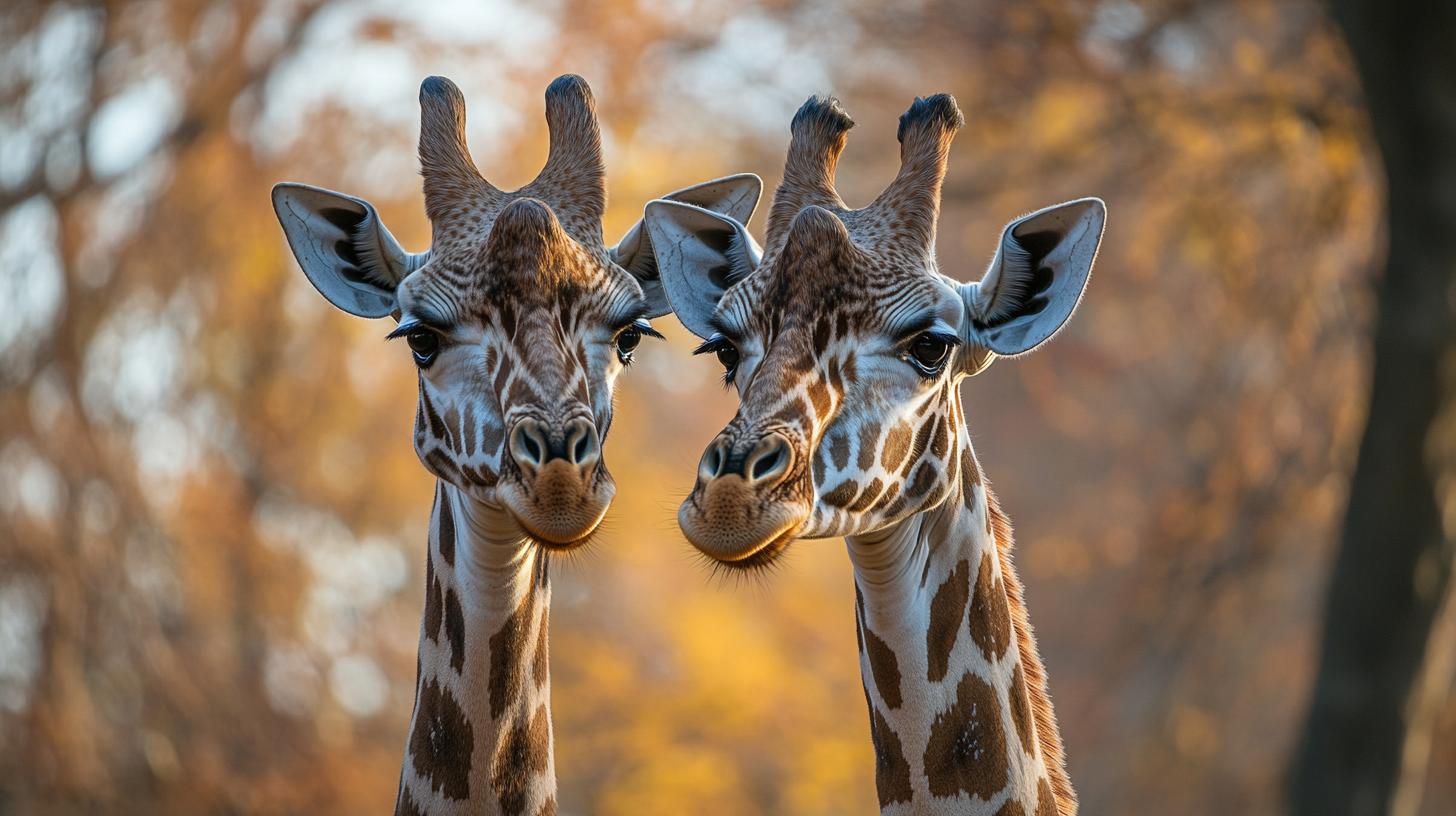ဂျီရဖ်များနှင့် လူသားများ၏ လည်ပင်းအဖွဲ့အစည်းနှင့် အဆင့်အတန်း

ဂျီရဖ်များနှင့်လူသားများသည် မြင်ကွင်းဆူညှင်းမှုအရ သက်ဝင်အဖိုးအခွင့်များရှိကြပြီး၊ ဂျီရဖ်များ၏ လည်ပင်း၏အောက်ခံအင်္ဂါရပ်များသည် လူသားများနှင့် ယှဉ်တွဲစဉ်းစားရင် နှစ်မျိုးချင်းတို့သည် ကွဲပြားမှုရှိစဥ်လည်ပင်း၏ နောက်ခံဟုဖတ်မိနိုင်သည်။ သို့သော် အော်ပီစ်ထားသော ခံစားချက်ရှိသော အထူးပြုရှုထောင့်မှတဆင့် လည်ပင်းအတွင်းတွင် ပါဝင်သော အခြားအကယ်ဒမီများက အားလုံးစိတ်ဝင်စားမှုဖြင့် မြင်ကွင်းများကို ဖော်ထုတ်ထိုက်ပါတယ်။ ဂျီရဖ်များသည် ရှုထောင့်နှစ်သွယ်နေတာများ၊ နက်ရှိုင်းမှုများနှင့် အဓိပ္ပာယ်များတစ်ခုထဲတွင် စုံလင်မှုရှိနေကိုမြင်ရသည်။ လူသားများနှင့် ဂျီရဖ်များမှာ လည်ပင်းတွင် အညွှန်းဒြပ်ပတ်များ၏ အရေအတွက်သည် တူညီသော်လည်း သည်လည်ပင်း၏ မှုတ်စုံမှုသည် သီးခြားသော အခြားအန္တရာယ်များကို ခံစားစေသည်ဟုယူဆနိုင်သည်။ ဂျီရဖ်လည်ပင်းသည် အလွန်ကြီးမြတ်ပြီး အကျွန်းထည်ပုံစံနှင့် တည့်ထူမှုများဖြင့် ပြည်ထောင်စုအရွက်ကိုအနှစ်သက်ပါသည်။ ဤသည်မှာ အပြုအစစ်၍ ကြယ်၊ လင်၊ ရွေ့လျားသည် နှင့်တစ်ပြိုင်နက် ဆက်စပ်လျက်ရှိနေသည်။ လူသားများ၏ လည်ပင်းသည် သူတို့၏ အရိုးရှည်များနှင့် ကြီးကပ်သည့် ဆွဲကြိုးသွယ်မှုကို ရှားပါး၊ လျှပ်စစ်လင်ပြ.Annotation Giraffes are fascinating creatures that not only stand tall in stature but also captivate our curiosity. When we observe the anatomy of these graceful giants, it’s intriguing to note that they possess the same number of cervical vertebrae as we do. This remarkable similarity evokes questions about evolution, functionality, and adaptability.
The cervical vertebrae are the essential building blocks of the neck, playing a crucial role in supporting the head and facilitating movement. In both giraffes and humans, the anatomy comprises seven cervical vertebrae. However, the size and shape of these vertebrae vary significantly between the two species.
In giraffes, each vertebra is elongated, which contributes to the overall length of their necks. In contrast, the human cervical vertebrae are more compact, allowing for a different range of motion and structural support. The evolutionary journey of giraffes and humans showcases the diverse adaptations that arise in response to environmental demands.
Giraffes have evolved long necks as a means to access food in the treetops, which is a critical advantage in their natural habitats. This specialized adaptation enhances their ability to forage for leaves and foliage that are beyond the reach of most other herbivores. Consequently, the length of their necks becomes a vital aspect of their survival in the wild.
Conversely, humans have evolved a different set of adaptations, where the structure of the cervical vertebrae supports bipedal locomotion and precise movements. The human neck allows for a wide range of head movement, which is essential for various functions such as communication, social interaction, and environmental awareness. Our ability to rotate our heads smoothly enables us to be more aware of our surroundings and respond swiftly to potential threats.
The phenomenon of having the same number of neck vertebrae despite differing body structures exemplifies how nature can follow similar pathways of development while producing remarkably different outcomes. This convergence is a compelling illustration of evolutionary principles at play, where distinct species adapt their physical characteristics to meet their ecological needs. Moreover, the similarities in cervical vertebrae anatomy invite reflection on the shared ancestry of all mammals.
The underlying genetic and developmental frameworks for vertebrate anatomy reveal deep connections among species that evolutionary biology seeks to understand. The exploration of these similarities can deepen our appreciation for the complexities of life and evolution on our planet. Observing these unique attributes, one can’t help but marvel at how such diverse organisms can emerge from a common ancestry while fulfilling distinct ecological niches.
Giraffes with their majestic necks serve a purpose that is integral to their survival, while humans, with our well-balanced structure, navigate a world filled with social dynamics and challenges. Ultimately, the unity and diversity of life present a rich tapestry of biological marvels that continue to fascinate scientists and the general public alike. Each species tells a story of adaptation, resilience, and the intricate dance of evolution that shapes the natural world as we know it.
The journey of giraffes and humans, reflected in their cervical vertebrae, is just a small glimpse into this grand narrative that unfolds across the tapestry of life on Earth.
